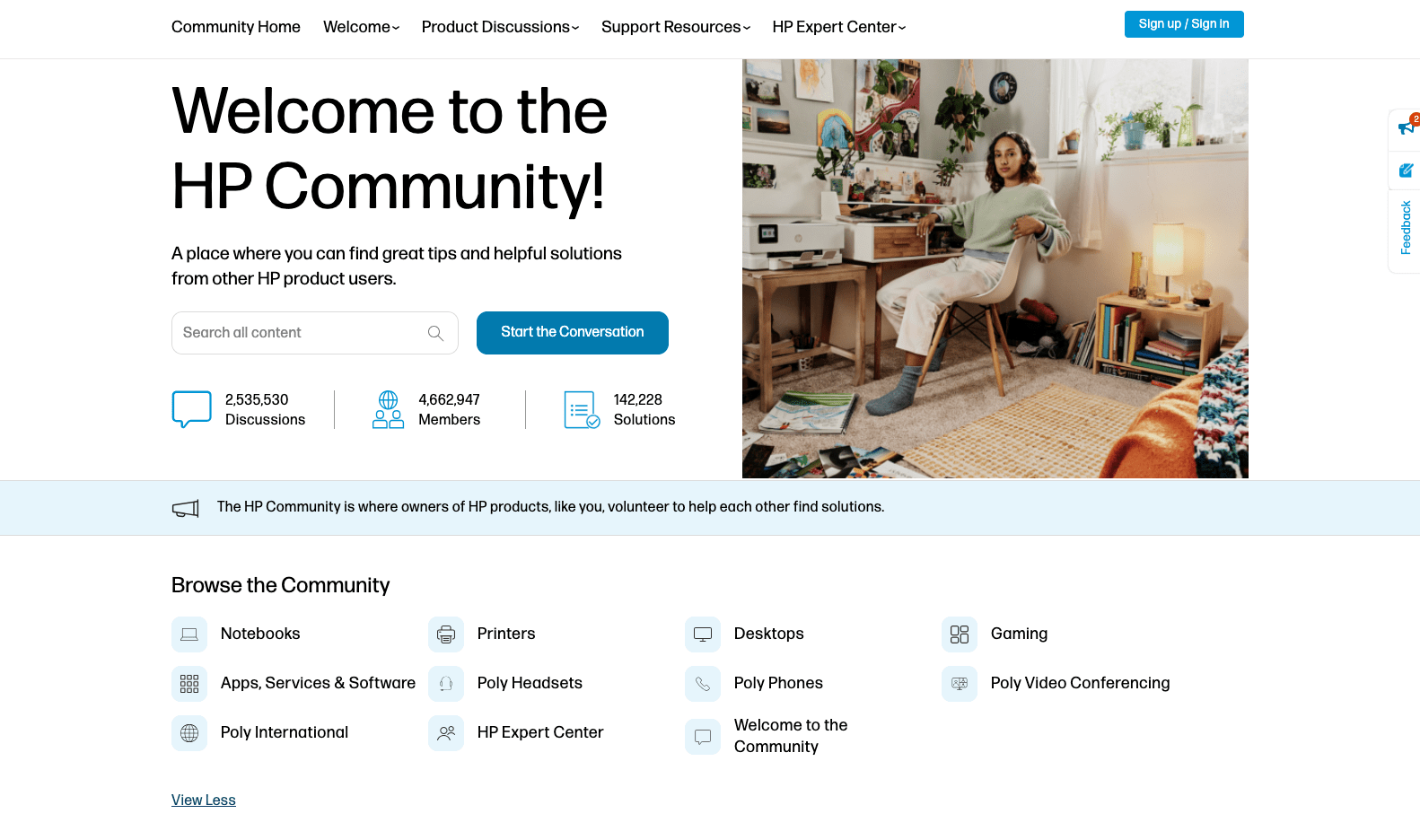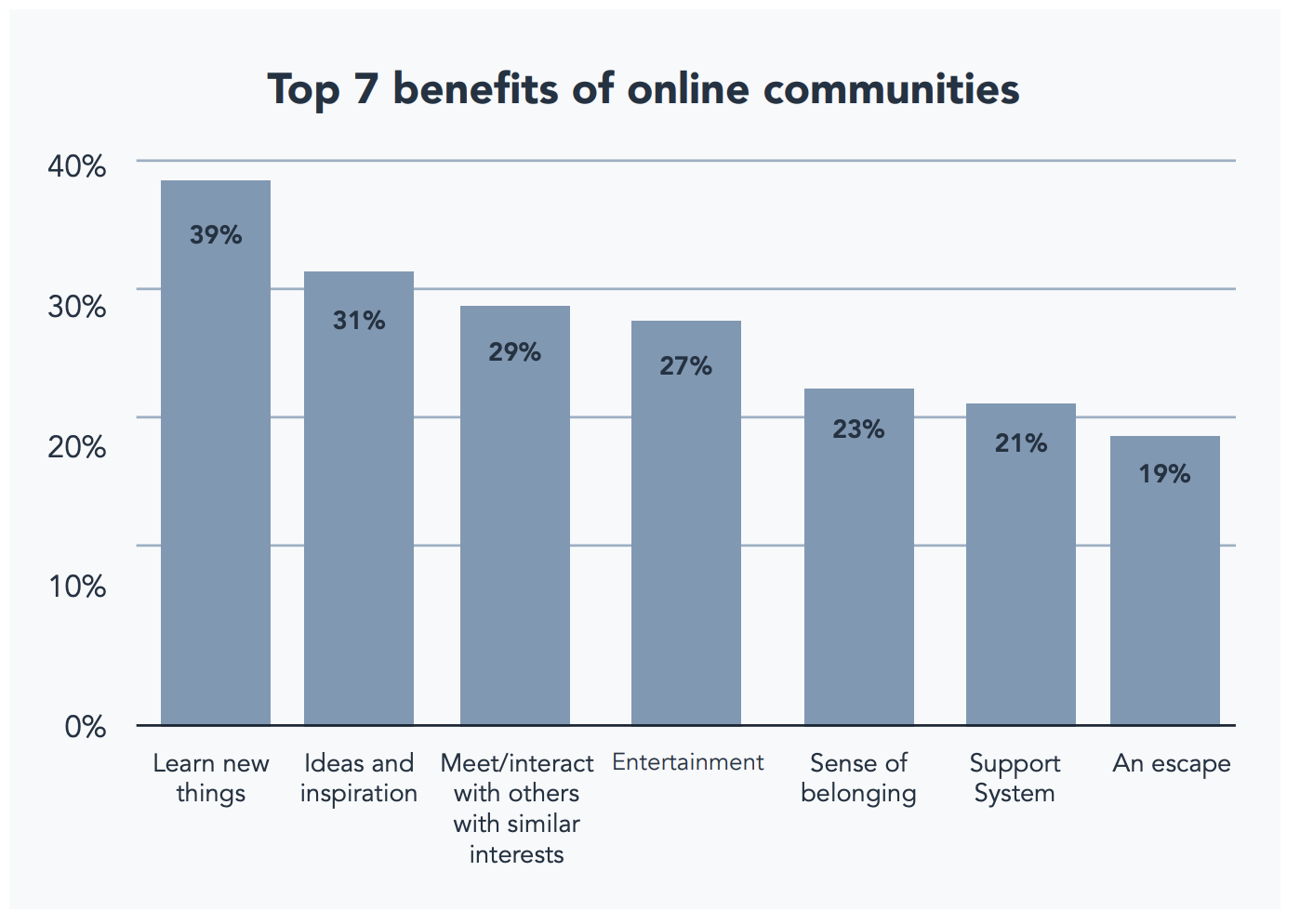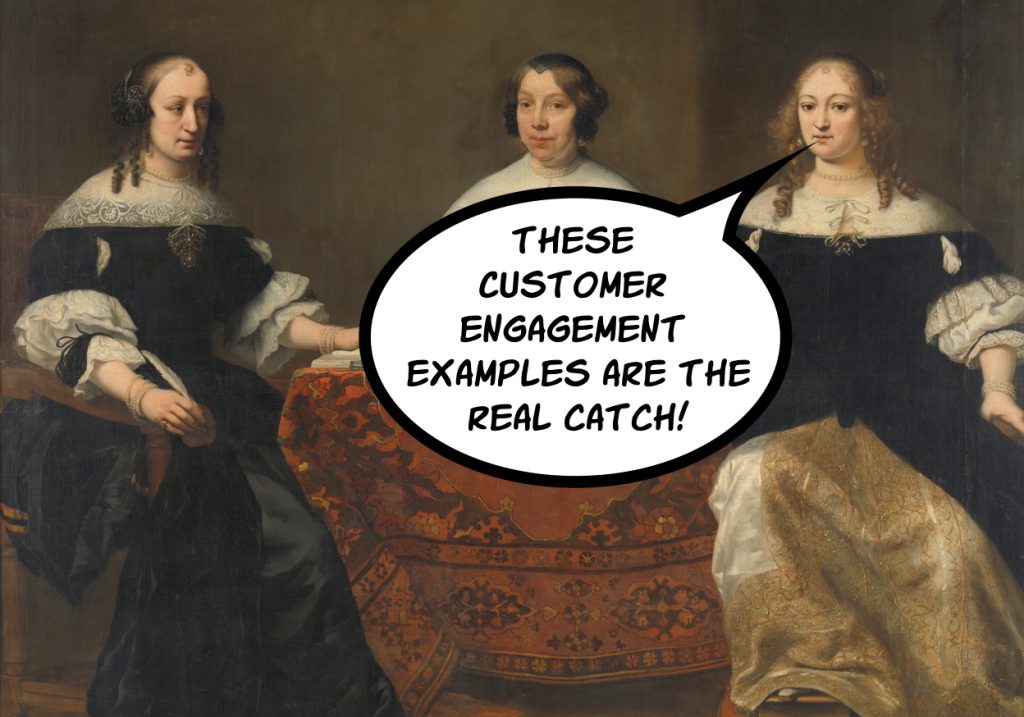How to Build an Active Customer Community for Retention and Growth
Learn what it takes to build a customer community that will increase clients' loyalty and streamline your ticketing support.
Written by Evelina Carillo

In a competitive business landscape, connecting with your customer base in a regular, relevant, and authentic way is paramount to success. Creating an active support community is a fantastic way to achieve this.
A thriving community allows customers to connect, offer and receive advice, and interact with the brand. However, building a well-run customer community is not just great for consumers. Companies also benefit from better customer engagement and access to valuable feedback and insights.
Let’s look at how to build a customer support community and why they matter.
What is a customer support community?
A customer support community, or simply a customer community, is a group of people who find a connection based on their mutual interest in a brand or its products and services. While these communities can be physical or digital, this article will focus on online communities.
Within these settings, you can draw on customer expertise by allowing your community to share brand-related tips, knowledge, and experiences, thus educating and supporting each other across various topics.
With a customer community, businesses create a digital space to provide online customer service, answer consumers’ questions, and host community forums as well as digital events and gatherings.
Reasons for businesses to build online customer community
A customer community matters not just because it is becoming the norm for businesses today but because it has real benefits for a brand. These communities are an open channel to your consumers’ thoughts and feelings about your products and services and form a vital element in your customer success strategy.
It’s a valuable source of customer feedback and, therefore, ideas for future product development. In addition, it’s a far quicker and more efficient way of dealing with queries.
Consumers are individuals, and different types of customers are looking for different things. A well-built customer community can cater to the individual and give them a voice and a way of connecting. Making consumers feel listened to and giving them a way to communicate is vital.
People like to feel part of something, which is born out by the chart below. A thriving online community adds to other valuable tools for serving customer needs, such as AI call center and chatbots. Let’s look at some other advantages.
Reduces workload and resolves issues faster
Customer communities, with their facility to help consumers answer their own questions, are a real advantage for agents. Many queries that people ask involve repetition, and it can take up a lot of agents’ time to answer the same question multiple times.
Online communities, with their message boards and forums, have search options and can take customers straight to the response they want.
Agents can also direct customers to helpful information or advice posted in their library of solutions and threads.
The online community by multinational IT company Hewlett Packard, or HP as it’s better known, acts as a self-service tool for product users.

Hosted on its website, the all-encompassing platform features a community blog as well as forum for asking questions. There’s a search function and category filters based on popular products and other HP brands like Poly.
This makes it easy for users to find what they’re looking for quickly and easily. Plus, with nearly five million members, international users are sure to find someone with a similar issue and resolve their problem regardless of location or time zone.
We particularly love the HP Expert concept, where long-term community members can share their knowledge and expertise with other users.
Boosts customer satisfaction and loyalty
Having an effective and well-designed customer community demonstrates you are putting customers first as a business. It shows an investment of time and care in a platform for people to resolve their issues and easily access relevant content and discussions on topics of interest.
The beauty of online communities and their features is that customers don’t keep waiting for answers. They can get valuable peer advice and insights and, most importantly, feel heard. This impacts creating smooth customer journeys and, ultimately, retention.
Enables to gather customer feedback
First-hand customer insight is extremely valuable to any business that wants to encourage loyal customers and grow a successful brand.
Customer communities can be a fountain of knowledge, allowing you to note what is being said about your business. You can learn what they love, like, or even dislike about your products and services. You can uncover which touchpoints deliver a smooth customer experience and which need more work.
Empowers customers to become brand advocates
A brand that delivers a good experience is one that inspires loyalty. But customer loyalty rests not just on a good experience. It requires a sense of belonging and ownership, which a customer community can offer.
Loyal customers become brand advocates because talking about and sharing good experiences is human nature. Online communities can extend your brand’s reach and work on your business’s behalf, reducing your marketing spend by promoting your business organically.
How to build and cultivate an active customer community
Like any other business area, cultivating an active customer community requires thought and work. Everything should be considered, from good landing page design to excellent monitoring and well-trained agents.
Consider why you want to build your community
Generally speaking, every business can benefit from building its own customer community. However, before you do so, you’ll want to understand the “why” behind it. Remember: your company and clients are unique, which means that your community’s goals will likely differ from those of your competitors.
These are some common reasons why businesses decide to launch a customer community:
- Boost engagement and retention
- Encourage brand trust and loyalty
- Educate, inform, and inspire
- Stay connected with their customer base
- Easily uncover feedback and assess brand-related sentiments
- Access ongoing, high-quality user-generated content
Decide what type of community your customers need
Once you’ve clarified why you want to build your customer community, you can move on to the next step: What will your community look like? In fact, support communities come in all shapes and sizes, depending on the company they are associated with.
Evaluate the needs and wants of your core audience, assess your business goals, and then decide which of the following will suit you best:
- Online forums and discussion boards
- Social media groups and communities
- Knowledge bases and self-service portals
- Customer advisory boards and feedback groups
Choose a platform with easy-to-use features
There’s a lot of choice when it comes to customer community platforms. It’s important to find one that suits your business’s and its customers’ needs and aligns with what you hope to create.
Look for a user-friendly platform with a relatively easy setup that is easy to customize and adapt. Platforms that provide tools for moderating and managing content are also desirable.
Another important feature to look for is tools that allow you to track and analyze user interaction. You’ll also want a platform that has excellent security and privacy protection.
Lastly, since many people interact with customer communities on mobile phones, ensure the platform you opt for is compatible with mobiles.
Establish rules and guidelines to maintain order in the community
Rules matter with customer communities. You are dealing with large numbers of users from various backgrounds. Establish what is acceptable behavior and language and what is not, and make this clear.
The rules should cover keeping everyone safe and secure, taking care of people’s emotional well-being, and respecting each other in terms of gender, race, religion, and culture. Be clear about anti-harassment and harmful content.
You’ll need mechanisms, processes, and clear consequences for those who break the rules.
Promote your community and offer incentives to attract new members
Some growth in your customer community will happen organically, but it’s also worth actively attracting new members.
Adverts can be attached to marketing emails or text alerts. However, member referrals are also a good option and are considerably less expensive than paid ads. You can incentivize referrals by offering existing members discounts or other bonuses like exclusive merch through white label products.
Apple incentivizes new and existing users in its Apple Support Community through a rewards scheme.
Participants can earn points for activities such as providing high-quality answers to another member’s question, attending a community meet-up, or if their post is ‘upvoted’ by other members.
Using these points, they can then be leveled up and earn perks such as the ability to create a custom avatar, gaining access to exclusive news, and earning access to The Lounge, an exclusive high-level members area.

Social media can also be a great way to shout about your exclusive community and attract new members. Remember to include a CTA in your social media posts to get people to visit your community.
Connect community discussions to your support ticketing system
Your community can work alongside your helpdesk, call center operations, and customer service agents. Agents can signpost customers to the community to find answers or more information on specific topics.
Of course, the content on your customer community platform needs to be good and up to the task. If not, customers will feel fobbed off and dissatisfied.
But if you have a user-friendly platform full of informative and useful help, customers will be satisfied with how quickly and effectively their ticket has been dealt with.
Collaborate with other relevant online communities and industry players
Don’t be afraid to link to relevant external communities and industry experts from your field. Customers appreciate a broad approach, and your business helping them connect with other useful bodies and forums will go down well.
Link to information sources and trusted content that complements your own offering. One advantage of not having everything come from your own business from one source is that it engenders trust in your brand. You will be seen as helping customers connect with and be informed by external communities.
Final thoughts
A vibrant customer community signals that your business values its customers and wants to help and inform them. It can also benefit your business in terms of customer retention and loyalty, word-of-mouth promotion, and social media presence.
It’s also a great mine of information regarding your customers’ opinions on your brand. It’s a two-street of valuable insights that, if built and maintained with care and attention, can only benefit your business.






